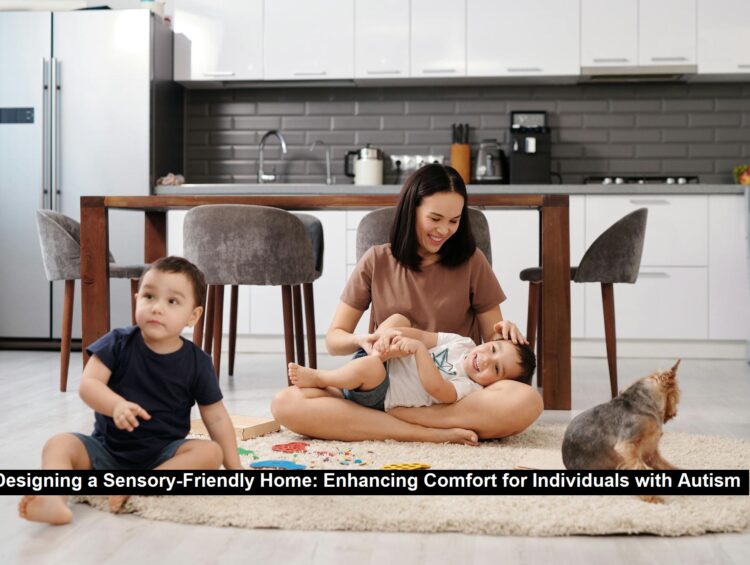Creating a home that caters to the sensory needs of individuals with Autism Spectrum Disorder (ASD) is key to improving their comfort and functionality. This design approach is about more than aesthetics; it focuses on creating a supportive environment that minimizes sensory overload and fosters security and well-being. Here’s a brief overview of how to design such a space and the benefits it can offer.
Color and Material Choices
The color palette can significantly impact the sensory experience. Soft, calming hues within the green-blue spectrum are known to reduce anxiety. Selecting natural materials for furniture and flooring can also help create a more soothing atmosphere by minimizing sensory triggers. Testing various paint and material samples beforehand ensures they meet the sensory requirements.
Lighting Solutions
Natural light is beneficial, but adjustable window treatments are crucial for managing light levels throughout the day and across seasons. For artificial lighting, choose bulbs with a high color rendering index (CRI) to replicate natural light without harshness. Incorporating multiple light sources with dimmable features allows for adaptable lighting that caters to specific needs and times.
Sound Control
Managing noise levels is essential for creating a peaceful environment. Implement soundproofing measures to block external noise and use soft furnishings like thick curtains and plush rugs to muffle sounds and reduce echoes indoors. Opting for quiet appliances and fixtures also enhances the tranquility of the space.
Storage and Organization
A clutter-free environment is vital for reducing stress and sensory overload. Effective storage solutions, including closed systems, help keep the space organized and minimize visual distractions, promoting a sense of calm.
Read: Transforming Healthcare Through Value-Based Care
Layout and Flow
Ensure the layout provides clear pathways and ample space to move around, preventing overstimulation and anxiety from cramped or cluttered areas.
Custom Sensory Zones
Incorporating personalized sensory zones can offer additional support. These spaces might feature tactile toys, weighted blankets, or gentle lighting tailored to individual preferences, providing safe areas for relaxation and sensory regulation.
Designing a sensory-friendly home should be a rewarding experience, offering a chance to create a space that meets both functional and emotional needs. By focusing on these design elements, you can craft a home that not only supports but enhances the sensory needs and overall well-being of its occupants.
A Simple Guide To Creating A Sensory Friendly Home was created by The Autism Treatment Center of America, an organization providing autism training programs for parents
For additional tips and insights on creating a sensory-friendly home, be sure to explore the accompanying resource.





